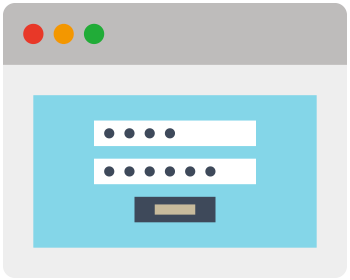1. To renew your domain name, you will need to log into your web hosting Control Panel. You can do so, using the login button below.


2. Once you are logged inside, go to the Registered Domains section of the My Domains menu. In there, you will see all the domains that have been registered or transferred to your account. Browse to the domain you wish to renew and mark the checkbox next to it. You can now use the Renew button from the actions toolbar at the top.
3. This will start the domain renewal process - simply follow the steps in order to complete the transaction. Domain renewals are usually processed within the hour.
